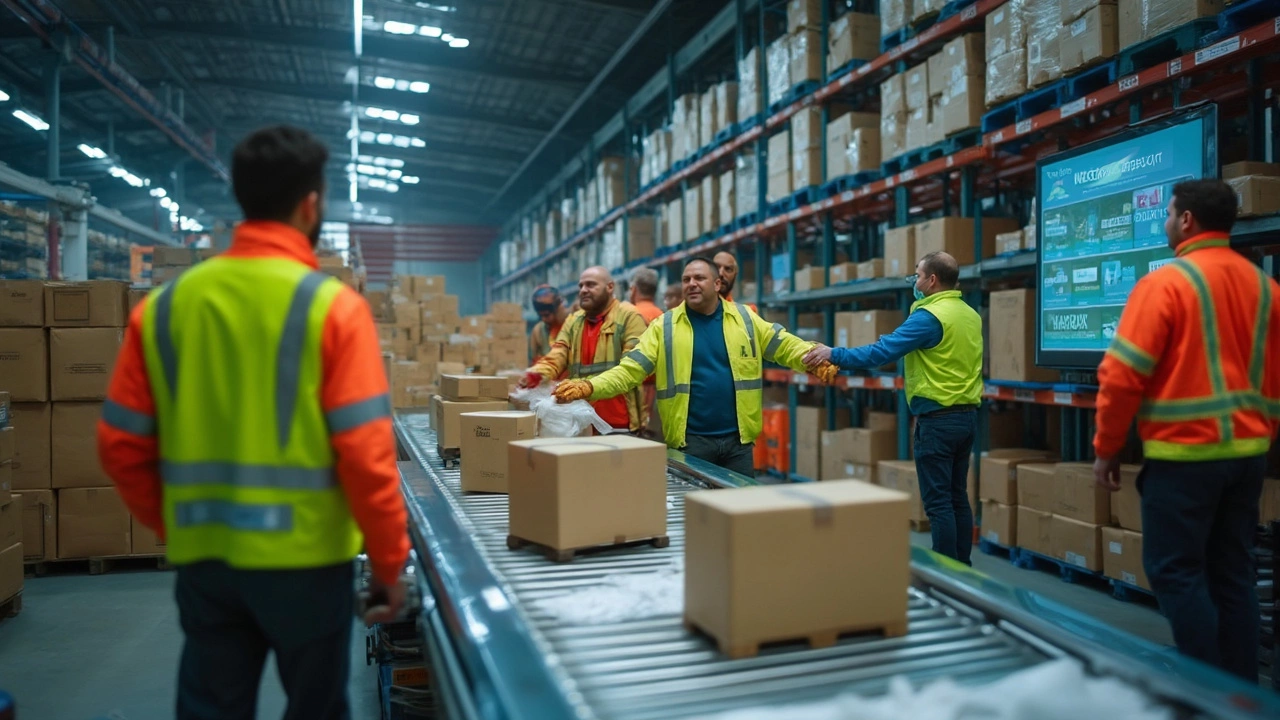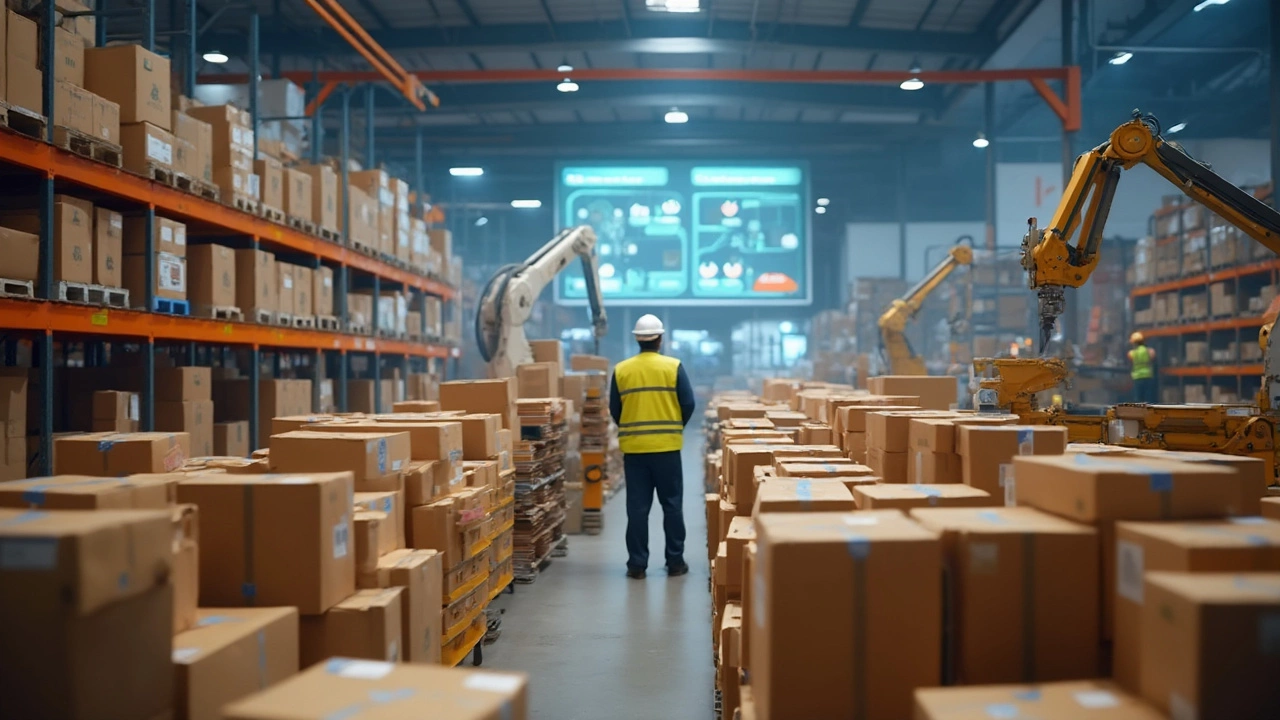Ecommerce Logistics: How to Move Your Online Sales Smoothly
If you sell products online, getting them to customers fast and cheap is the name of the game. Good logistics means happy buyers, repeat orders, and fewer headaches. Below you’ll find easy steps to pick the right shipping method, use simple tech tools, and avoid common pitfalls.
Choosing the Right Shipping Options
First, think about the size and value of what you ship. Small, low‑cost items often work best with standard services like USPS First Class or UPS Ground. For urgent orders, compare overnight carriers – UPS, FedEx, DHL, and USPS Express all have different cut‑off times and price points. Look at the 2025 guide for overnight shipping to see which carrier gives you the best price for a one‑day drop‑off.
Next, consider whether you need a courier or a regular post service. Couriers excel with fragile, high‑value, or time‑sensitive goods. They usually offer same‑day or next‑day delivery and can handle special handling instructions. On the other hand, the postal service is cheaper for bulk or heavy shipments, especially if you don’t need a guaranteed delivery window.
Don’t forget about pallet shipments if you ship in bulk. While USPS doesn’t take pallets, carriers like FedEx Freight or DHL do. Check the weight and dimension limits before you book to avoid surprise fees.
Tech Tools That Speed Up Delivery
Digital logistics, or e‑logistics, can shave hours off your process. A good supply chain management software shows you real‑time inventory, helps you pick the cheapest carrier for each order, and prints labels in bulk. Look for tools that integrate with your e‑commerce platform – many solutions now offer a single dashboard for orders, tracking, and returns.
Automation doesn’t stop at software. Use barcode scanners to check items into your warehouse quickly, and set up automated email notifications so customers know exactly when their package is on the way. This reduces support tickets and builds trust.
Finally, keep an eye on data. Track delivery times, costs, and customer feedback for each carrier. Over time you’ll see patterns – maybe FedEx is cheaper for east‑coast orders, while UPS wins on the West. Adjust your shipping rules accordingly, and you’ll cut expenses without sacrificing speed.
In short, good ecommerce logistics is a mix of smart carrier choices and simple tech. Start with the basics, test a few tools, and refine your process as you go. Your customers will notice the faster delivery, and your bottom line will thank you.
Discover the biggest e-commerce advantages in 2025—unmatched convenience, lower costs, wider reach, and smarter logistics all reshaping how we shop.
Aug, 2 2025
Unpacking the ecommerce logistics supply chain, this article breaks down each step from order placement to final delivery. Get real-world examples, tips to avoid common mistakes, and what tech is changing the game. Full of practical advice for sellers and curious shoppers alike. Discover the pitfalls that can ruin a customer experience—and how smart businesses can sidestep them. Plain talk, no jargon, straight to the point.
Jun, 8 2025
Ever wondered what makes your online orders zip from warehouse to your doorstep with barely a hitch? This article breaks down what logistics really means in the world of ecommerce. Get the inside scoop on how online stores manage storage, packing, shipping, and returns. Find out why good logistics can make or break your online shopping experience. Expect smart tips and a look at some real numbers and facts that make this topic more practical than you might think.
Apr, 21 2025


